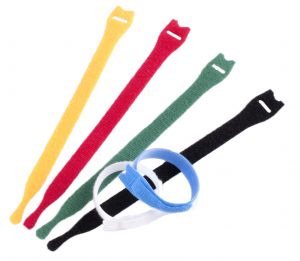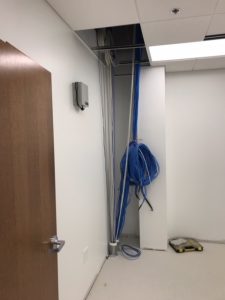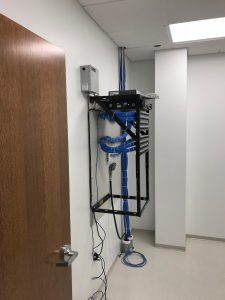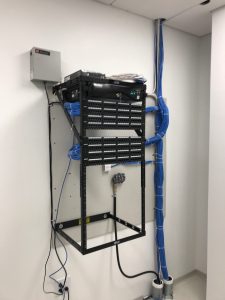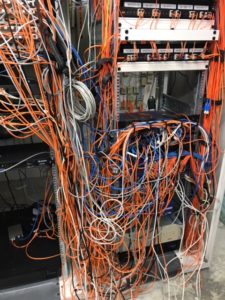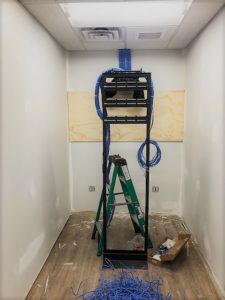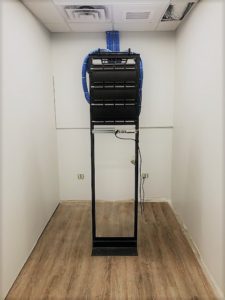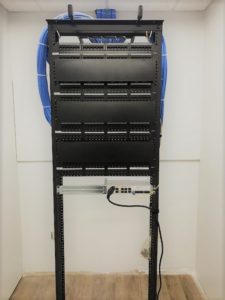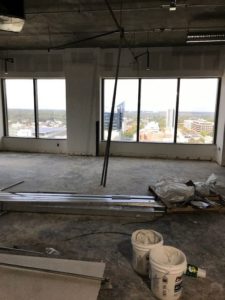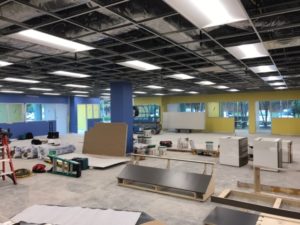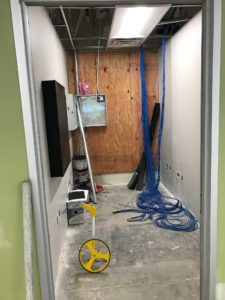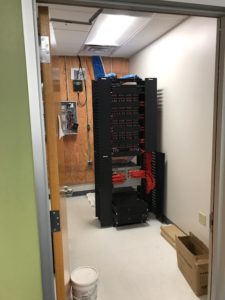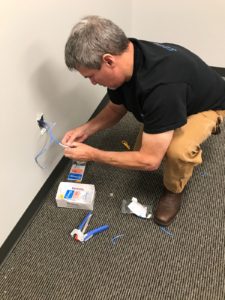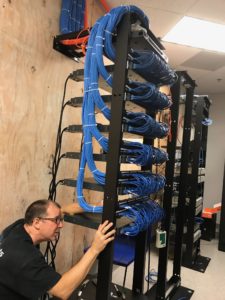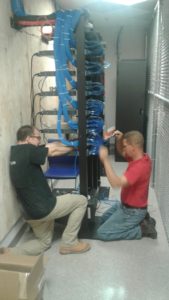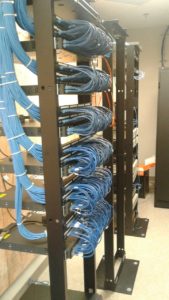Sound masking (or “white noise”) is often confused with sound cancellation. They are not the same thing, though this is a common mistake. When we speak to customers, they often think of sound masking as if it were something like the “Cone of Silence” in the old Get Smart TV series. In the TV series, whenever someone was speaking in “the cone of silence,” the theory was that no one outside the cone could hear it very well. Unfortunately, it never really worked – with comical results!

Sound cancellation – or “active noise control” – electronically alters an incoming sound wave to minimize or eliminate it altogether. With sound
cancellation the sound wave is picked up by a microphone, analyzed by a microprocessor, and then a speaker placed in the path of the sound wave broadcasts a mirror image (exact opposite) frequency, thus flattening out the wave and canceling out much or all of the sound. This has proven quite effective in small, controlled environments where there are few frequencies to “mirror” (such as wearing noise-canceling headphones on an airplane), but it’s not practical for open office areas in part because the processors necessary to analyze and mask so many frequencies would be prohibitively expensive.
Sound masking, on the other hand, works on the principle that when background noise is added to an environment, speech is less intelligible. In technical terms, the “Articulation Index” – a measurement of how intelligible speech is – has been lowered by this change in the signal-to-noise ratio. The “signal” would be, for example, the person speaking, and the “noise” would be the sound masking. A high signal-to-noise ratio means that speech is very intelligible – an amphitheater would have a very high Articulation Index, for example. Based on this principle, scientists and engineers realized that you don’t have to actually stop the sound waves from a speaker’s voice in order to obtain speech privacy, you just have to make the speaker’s words unintelligible.
If I can see and hear you but I can’t understand the words that you’re saying, we have effectively established speech privacy.
This is what a “white noise” system does to mask sound – it basically “fills in” the sound spectrum around you with barely perceptible “unstructured” noise (“structured” noise would be sounds such as speech or music that have recognizable patterns and convey information). Your brain will tune out unstructured noise as it searches for the structured variety. You’ve experienced this kind of thing before. When you turn on your computer, you hear the cooling fan begin to spin. However, your mind quickly filters out this unstructured sound and it becomes effectively “invisible.” The goal of any speech privacy system is to add enough sound to an area to cover up speech, yet still be quiet enough to be almost imperceptible. Good, well-tuned, quality sound masking systems will produce sound that your mind naturally tunes out. The more uniformly the sound masking system accomplishes this throughout the treated area, the more “invisible” the sound becomes.



